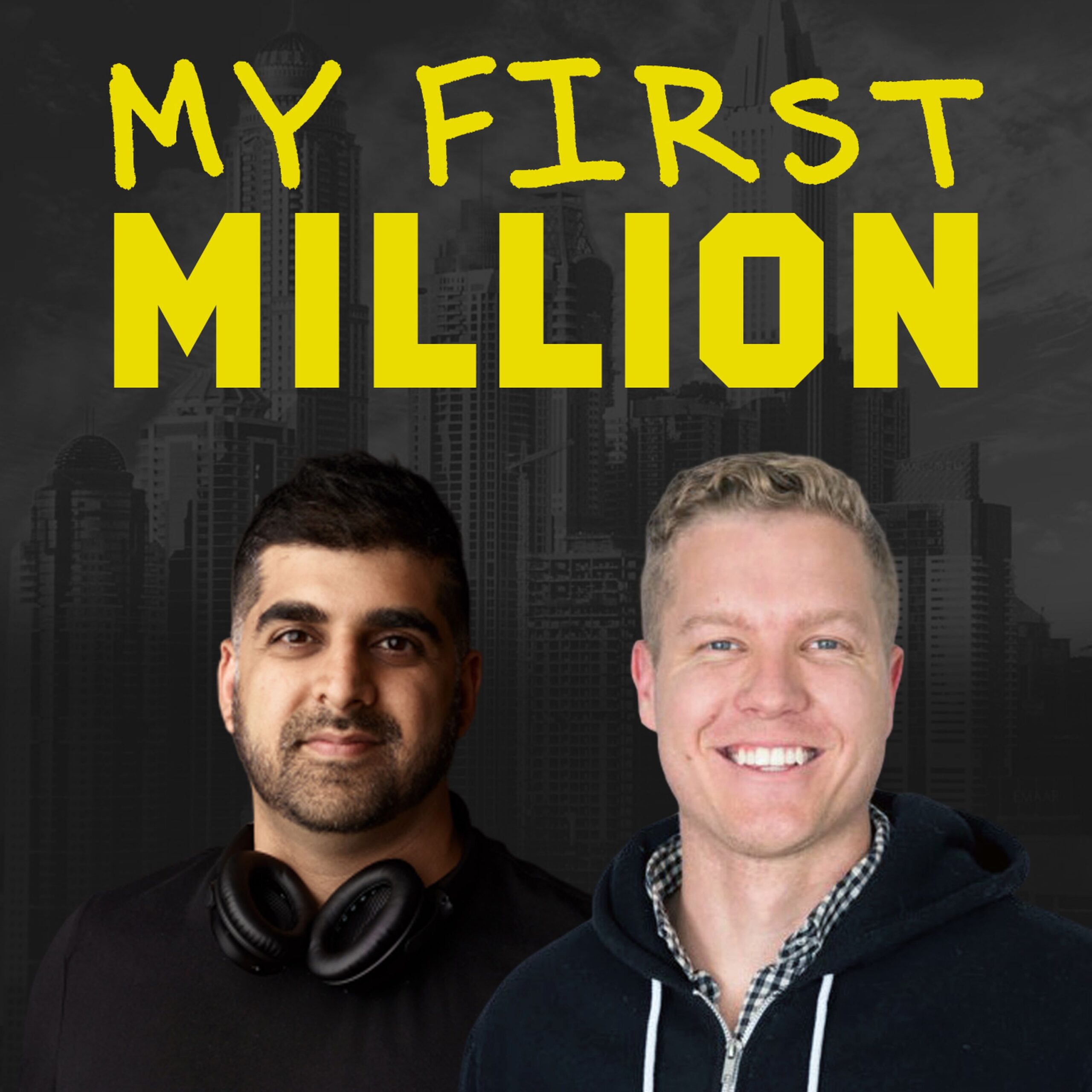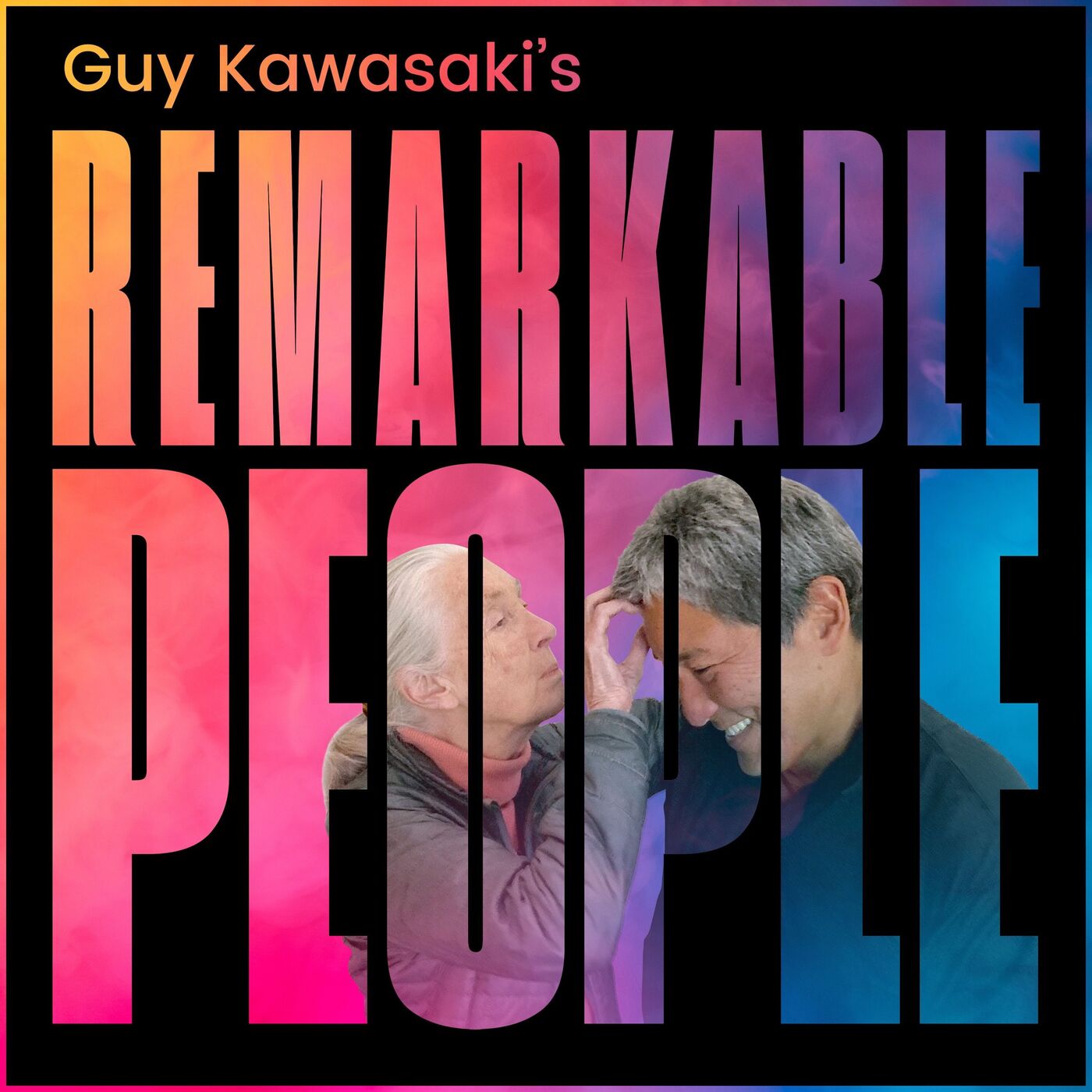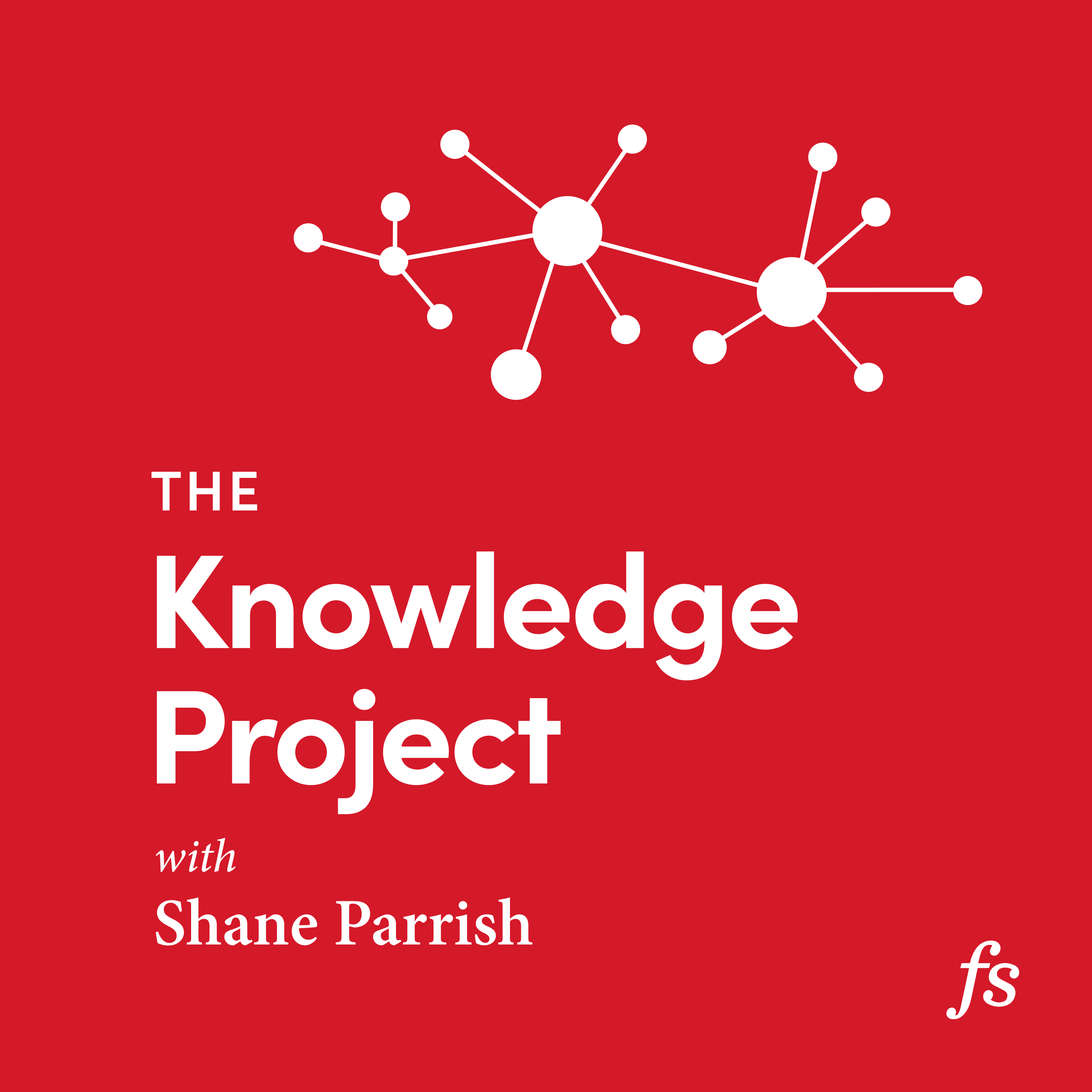Cristos Goodrow: YouTube Algorithm
Cristos Goodrow is VP of Engineering at Google and head of Search and Discovery at YouTube (aka YouTube Algorithm). This conversation is part of the Artificial Intelligence podcast. If you would like to get more information about this podcast go to https://lexfridman.com/ai or connect with @lexfridman on Twitter, LinkedIn, Facebook, Medium, or YouTube where you can … Read more





